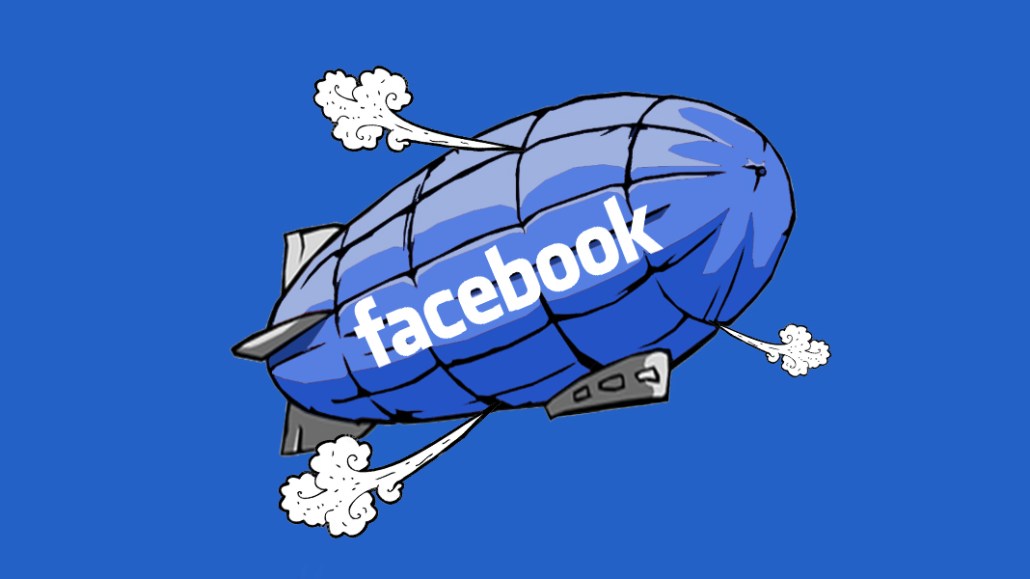Save 50% on a 3-month Digiday+ membership. Ends Dec 12.
‘A fun adventure, not a business’: The Weather Channel stopped publishing video on Facebook

The Weather Channel is no longer publishing videos to Facebook.
“[Facebook video] hasn’t been beneficial,” said Neil Katz, global head of content and engagement at The Weather Channel, during a speech at the Digiday Video Summit in Scottsdale, Arizona. “It has been good for Facebook, but it hasn’t been good for us.”
Over the past few years, The Weather Channel built up a network of six pages on Facebook that grew to 500 million video views per month by last May, according to Katz. (For comparison, The Weather Channel’s main page was down to 1.8 million views on Facebook in April, according to Tubular Labs.) The Weather Channel’s Facebook presence included its main page as well as “weather-adjacent” science, nature and travel verticals such as Rockets Are Cool, Crazimals and United States of Awesome.
“We went along for the ride every single step of the way,” Katz said. “But we noticed, over the course of two years, that we were being paid in all types of currencies — followers, shares, views — that did not feel like money.”
The Weather Channel was part of Facebook’s funding program for live and on-demand news feed videos and also produced three shows for Facebook Watch last fall. The Weather Channel’s deal to produce live and on-demand news feed videos for Facebook, for which Katz said it received a seven-figure fee, shined a light on how difficult it is to make money on Facebook. Paid to produce a predetermined number of minutes per month, The Weather Channel found it was only making $28 per minute of video produced. For comparison, Katz pointed out how the CBS reality show “Survivor” cost $45,000 per minute to make in 2009.
Even during big weather events such as Hurricane Harvey, when The Weather Channel would cut and distribute hundreds of videos on Facebook and capture a lot of views, Katz said revenue was close to negligible.
“That was a wake-up call to let us know that though this was a fun adventure, it was not a business,” Katz said. “We’re not watching the cash register when these events happen, but later on, when we do the financial analysis, we want to understand if we were revenue-positive — and on TV and [nonsocial] digital, these are profitable events.”
Katz didn’t lay all of the blame on Facebook, however, as he argued that publishers should bear some responsibility for being too eager to work with and distribute their content on Facebook.
Not all is lost, though. Enough people still come to The Weather Channel’s website and apps to ensure the brand remains relevant and meaningful. “Turns out, we have a good business,” said Katz, adding that The Weather Channel’s sites and apps receive 6 billion visits, up 25 percent year over year. It’s an area The Weather Channel will continue to focus on, not the least of which because it’s a platform the publisher can fully control.
For more on what the industry is saying about the evolving world of video, subscribe to our weekly video briefing email.
More in Media

Digiday+ Research: Publishers’ growing focus on video doesn’t translate to social platforms
Major publishers have made recent investments in vertical video, but that shift is not carrying over to social media platforms.

Technology x humanity: A conversation with Dayforce’s Amy Capellanti-Wolf
Capellanti-Wolf shared insight on everything from navigating AI adoption and combating burnout to rethinking talent strategies.

How The Arena Group is rewriting its commercial playbook for the zero-click era
The company is testing AI-powered content recommendation models to keep readers moving through its network of sites and, in doing so, bump up revenue per session – its core performance metric.








